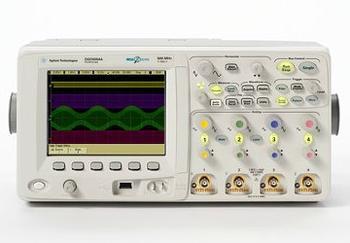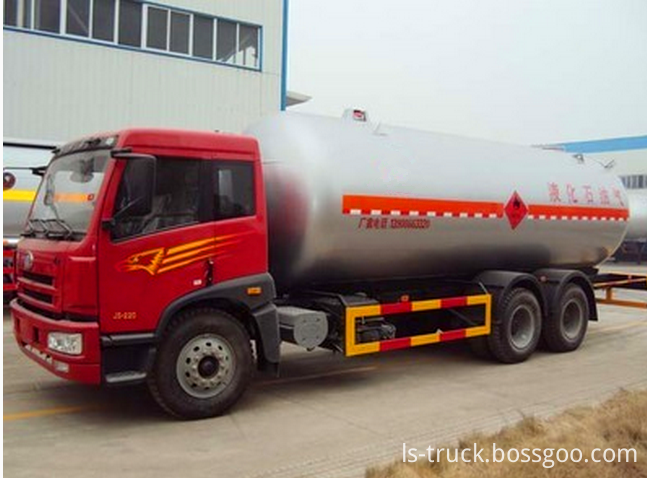LPG Truck is one of pressure vessels. It's used to transport liquid petroleum gas. It also called LPG Tank Truck, LPG transport truck.
is used for
transporting liquefied gas such as propane, propylene, dimethyl ether,
liquid ammonia, methylamine, acetaldehyde, etc.
Liquefied gas tanker, according to loading materials can be divided
into, propane transport truck, propylene transport truck, dimethyl ether
truck, liquid ammonia transport truck, methylamine transport truck,
acetaldehyde transport trucks and etc.
According to the different process and load capacity can be divided
into, liquefied gas transport truck, liquefied gas semi trailer,
liquefied gas storage tank. The liquefied gas storage tank can be
divided into: underground storage tanks and above ground storage tanks.
Lpg Truck,Lpg Transportation Truck,Lpg Gas Tank Truck,Natural Gas Trailer Suizhou lishen special vehicle co.,ltd , http://www.ls-truck.com (1) Atmosphere and pressure selection Atmosphere and pressure can affect the equilibrium temperature and peak shape of the sample chemical reaction and physical change. Therefore, according to the nature of the sample must be selected the appropriate atmosphere and pressure, and some samples are easy to oxidize, you can pass n2, ne and other inert gases.
(1) Atmosphere and pressure selection Atmosphere and pressure can affect the equilibrium temperature and peak shape of the sample chemical reaction and physical change. Therefore, according to the nature of the sample must be selected the appropriate atmosphere and pressure, and some samples are easy to oxidize, you can pass n2, ne and other inert gases.
(2) The effect of heating rate and the choice of heating rate not only affect the location of the peak temperature, but also affect the size of the peak area. In general, the peak area becomes larger and the peak becomes sharper at a faster heating rate. However, the rate of rapid heating increases the extent to which the sample decomposes away from the equilibrium conditions, making it easy to drift the baseline. More importantly, it may cause the adjacent two peaks to overlap and the resolution decreases. The slower rate of temperature rise, the smaller baseline drift, the closer the system to equilibrium conditions, the wider and shallower peaks, and the better separation of the adjacent two peaks, resulting in higher resolution. However, the long measurement time requires high sensitivity of the instrument. In general, 8 degrees min-1 to 12 degrees min-1 are suitable.
(3) The pretreatment of the sample and the amount of the sample used are large, easily overlapping the adjacent two peaks and reducing the resolution. Generally reduce the dosage as much as possible up to milligrams. The particle size of the sample is between 100 mesh and 200 mesh. Small particles can improve the heat conduction conditions, but too fine may destroy the crystallinity of the sample. For samples that are easily decomposed to generate gas, the particles should be larger. The granules, loading conditions and tightness of the reference should be consistent with the sample to reduce baseline drift.
(4) Selection of References To obtain a stable baseline, the choice of reference is important. It is required that the reference material does not undergo any change during heating or cooling. The specific heat, thermal conductivity, and particle size of the reference material should be the same as or similar to the sample during the entire temperature increase process.
Alpha-aluminum oxide or calcined magnesia or quartz sand is commonly used as a reference. If the analysis sample is metal, metallic nickel powder can also be used as a reference. If the thermal properties of the sample and the reference material are far apart, then the method of diluting the sample can be used to solve the problem, mainly to reduce the severity of the reaction. If gas is generated during the heating of the sample, a large amount of gas can be reduced to prevent the sample from escaping. The selected diluent can not have any chemical reaction or catalytic reaction with the sample. Commonly used diluents include Sic, iron powder, fe2o3, and glass beads Al2o.
(5) Selection of paper speed Under the same experimental conditions, the same sample, such as the speed of paper feeding, the area of ​​the peak is large, but the shape of the peak is flat, the error is small, the paper feeding speed is small, and the peak area is small. Therefore, according to different samples to choose the appropriate speed of paper. The choice of different conditions will affect the differential heat curve, in addition to the above there are many factors, such as the sample tube material, size and shape, the thermocouple material and the location of the thermocouple inserted in the sample and reference. For the commercially available differential heat meters, all of the above factors have been fixed, but the differential heat analyzers that are equipped with them must consider these.
